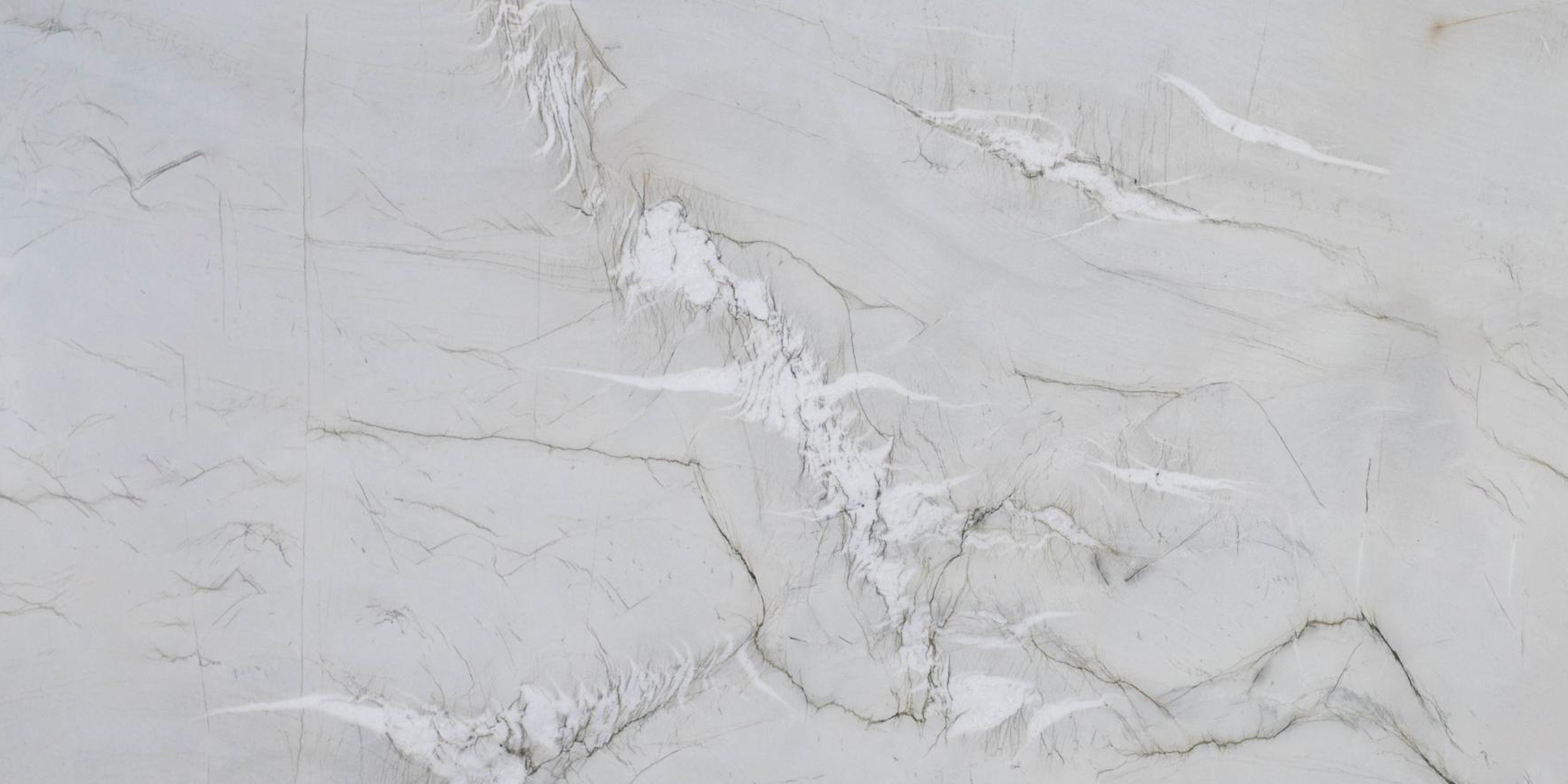Introduction
Mont Blanc quartzite, a stunning natural stone boasting a captivating blend of elegance, strength, and practicality, has rapidly become a sought-after choice for homeowners and interior designers alike. With its unique combination of durability and beauty, Mont Blanc quartzite can elevate any home, making it a go-to material for countertops, flooring, and other design applications.
In this comprehensive guide, we’ll delve into the Mont Blanc quartzite’s origin, characteristics, maintenance, and potential uses. As a bonus, we’ll also provide valuable tips to ensure your Mont Blanc quartzite project is a success.
Section 1: The Origin of Mont Blanc Quartzite
Mont Blanc quartzite, also known as Monte Bianco quartzite, is a natural stone quarried primarily in Brazil. Named after the famous Mont Blanc mountain in the Alps, the stone offers a striking resemblance to the snow-capped peak, featuring a white and gray color palette with subtle veining.
Section 2: The Unique Characteristics of Mont Blanc Quartzite
- Beauty and elegance: Mont Blanc quartzite’s aesthetic appeal is undeniable. With its mesmerizing blend of white, gray, and cream hues, it creates a serene and sophisticated atmosphere in any space. Its subtle veining adds depth and character, making it a perfect choice for homeowners seeking a luxurious touch in their home design.
- Durability: Mont Blanc quartzite is not only beautiful but also incredibly durable. Its high resistance to heat, scratches, and stains makes it an ideal choice for kitchens, bathrooms, and outdoor applications. As a natural stone, it is less porous than marble, ensuring a longer-lasting and more resilient surface.
- Versatility: Mont Blanc quartzite can be used in a variety of applications, including countertops, backsplashes, flooring, and wall cladding. Its neutral color palette and distinctive appearance make it a fitting choice for both modern and traditional design styles.
Section 3: Maintenance and Care of Mont Blanc Quartzite
- Daily cleaning: Mont Blanc quartzite requires minimal maintenance, making it an excellent option for busy households. For daily cleaning, use a soft cloth or sponge with warm water and a gentle, pH-neutral cleaner specifically designed for natural stone.
- Sealing: Although Mont Blanc quartzite is less porous than other natural stones, periodic sealing is still recommended to maintain its resistance to stains and etching. It’s advised to seal the surface every one to two years, depending on usage and the specific type of sealer.
- Preventing damage: To maintain the beauty and integrity of Mont Blanc quartzite, avoid placing hot pots or pans directly on the surface. Instead, use trivets or hot pads to protect the stone. Additionally, use cutting boards to prevent scratches from knives and other sharp objects.
Section 4: Mont Blanc Quartzite Projects and Applications
- Countertops: Mont Blanc quartzite countertops are an excellent choice for kitchens and bathrooms due to their durability and elegant appearance. The stone’s resistance to heat, scratches, and stains makes it a practical and beautiful option for these high-traffic areas.
- Flooring: Mont Blanc quartzite’s remarkable strength and low porosity make it an ideal flooring material for both residential and commercial spaces. Its versatility allows it to blend seamlessly with various design styles, from modern minimalism to classic elegance.
- Wall cladding and backsplashes: Mont Blanc quartzite can be used for wall cladding and backsplashes, adding an exquisite touch to any room. The stone’s natural beauty and unique veining create a visually appealing focal pointin kitchens, bathrooms, and living areas.
- Fireplace surrounds: Mont Blanc quartzite’s heat resistance makes it an excellent choice for fireplace surrounds. The stone’s captivating beauty adds a touch of sophistication to any room, creating a cozy and inviting atmosphere.
- Outdoor applications: Mont Blanc quartzite can be used in a variety of outdoor applications, including patios, walkways, and pool surrounds. Its durability, resistance to harsh weather conditions, and low porosity make it a practical and stylish option for exterior spaces.
- Choose the right slab: When selecting a Mont Blanc quartzite slab, pay close attention to its color, veining, and overall appearance. Each slab is unique, so make sure to choose one that best suits your design vision and preferences.
- Work with a reputable fabricator: Partner with an experienced and reputable fabricator who specializes in working with natural stone. This ensures your Mont Blanc quartzite project is executed with precision, care, and attention to detail.
- Consider the surrounding elements: When planning your Mont Blanc quartzite project, consider the other elements in the space, such as cabinetry, wall color, and flooring. The stone’s neutral color palette and versatile appearance make it easy to coordinate with various design elements, but carefully planning the overall look will ensure a cohesive and harmonious result.
- Invest in proper maintenance: To keep your Mont Blanc quartzite looking its best, invest in regular maintenance, such as sealing, cleaning, and protecting the surface from potential damage. This will help preserve the stone’s beauty and extend its lifespan.

